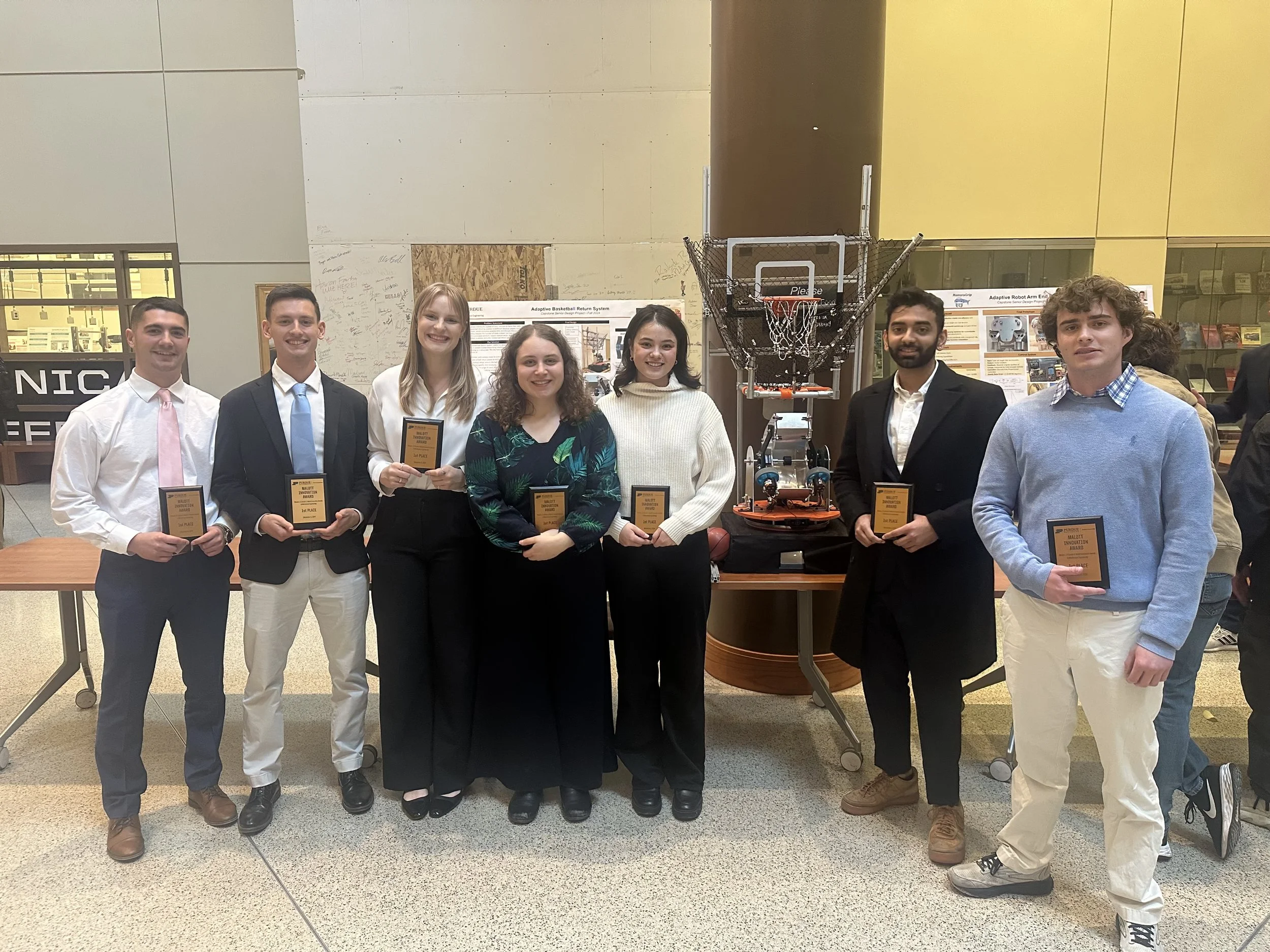"Three-dimensional range geometry compression via phase encoding," Appl. Opt. (2017)
/[106] T. Bell, B. Vlahov, J.P. Allebach, and S. Zhang, "Three-dimensional range geometry compression via phase encoding," Appl. Opt., 56(33), 9285-9292, (2017); doi: 10.1364/AO.56.009285
Abstract
One of the state-of-the-art methods for three-dimensional (3D) range geometry compression is to encode 3D data within a regular 24-bit 2D color image. However, most existing methods use all three color channels to solely encode 3D data, leaving no room to store other information (e.g., texture) within the same image. This paper presents a novel method which utilizes geometric constraints, inherent to the structured light 3D scanning device, to reduce the amount of data which need be stored within the output image. The proposed method thus only requires two color channels to represent 3D data, leaving one channel free to store additional information (such as a texture image). Experimental results verify the overall robustness of the proposed method. For example, a compression ratio of 3038:1 can be achieved, versus the STL format, with a root-mean-square (RMS) error of 0.47% if the output image is compressed with JPEG 80%.




